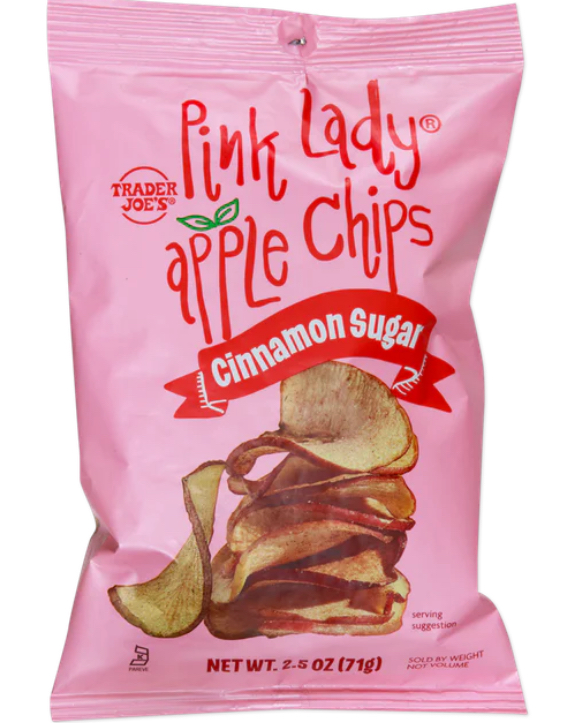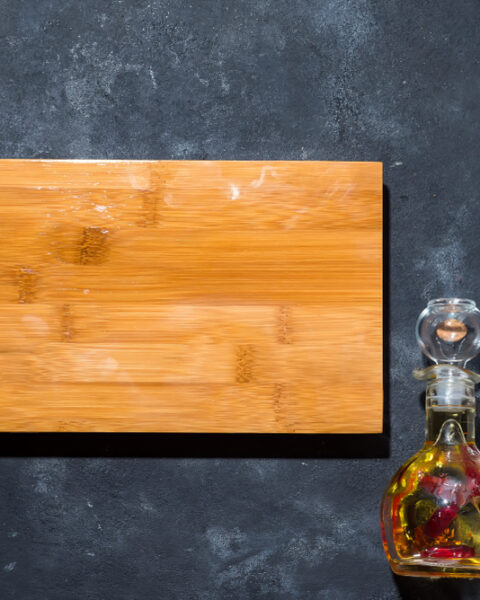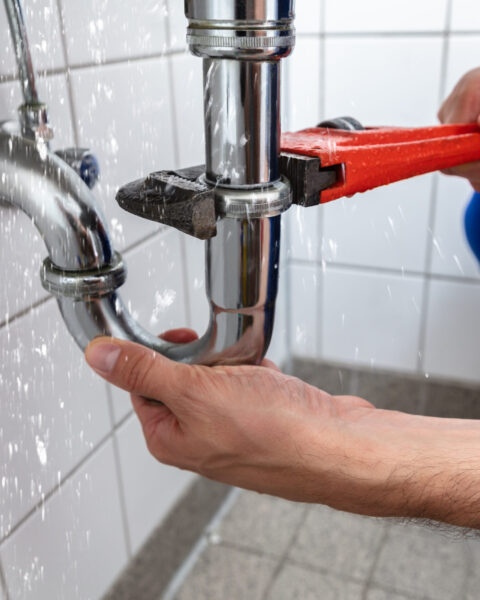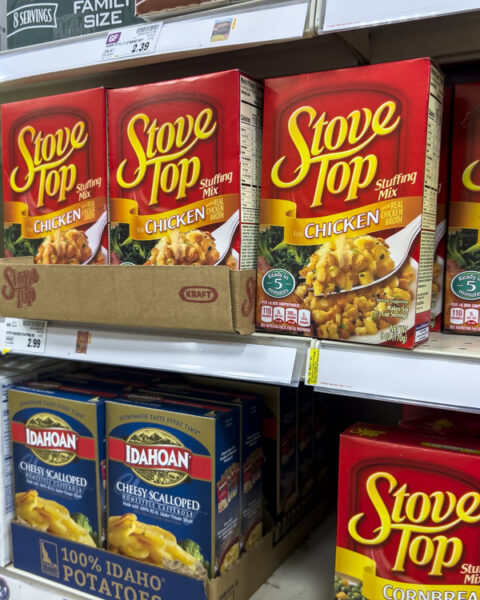Saving money and cutting down on waste? Yes, please! Making simple lifestyle swaps can do wonders for both your wallet and the planet. From reusable essentials to smart shopping habits, these easy changes not only keep more cash in your pocket but also help reduce the footprint we leave behind. Check some of the practical, budget-friendly tips that’ll have you feeling good about your choices every day.
Contents
- 1 Swap Paper Towels for Reusable Cloths
- 2 Replace Plastic Bags with Reusable Shopping Bags
- 3 Ditch Bottled Water for a Refillable Water Bottle
- 4 Use a Coffee Maker Instead of Single-Use Pods
- 5 Switch to Reusable Storage Containers
- 6 Buy in Bulk and Use Reusable Containers
- 7 Opt for Reusable Makeup Pads
- 8 Switch to Rechargeable Batteries
- 9 Grow Your Own Herbs and Vegetables
- 10 Make Your Own Cleaning Products
- 11 Replace Paper Greeting Cards with E-Cards
- 12 Choose Digital Over Physical Books
- 13 Buy Secondhand Clothing
- 14 Use a Refillable Lighter Instead of Disposable Ones
- 15 More From RetailShout
- 16 12 Timeless Pizzerias Serving Authentic Slices Across America
- 17 20 Delicious Trader Joe’s Gluten-Free Finds for Every Meal
Swap Paper Towels for Reusable Cloths
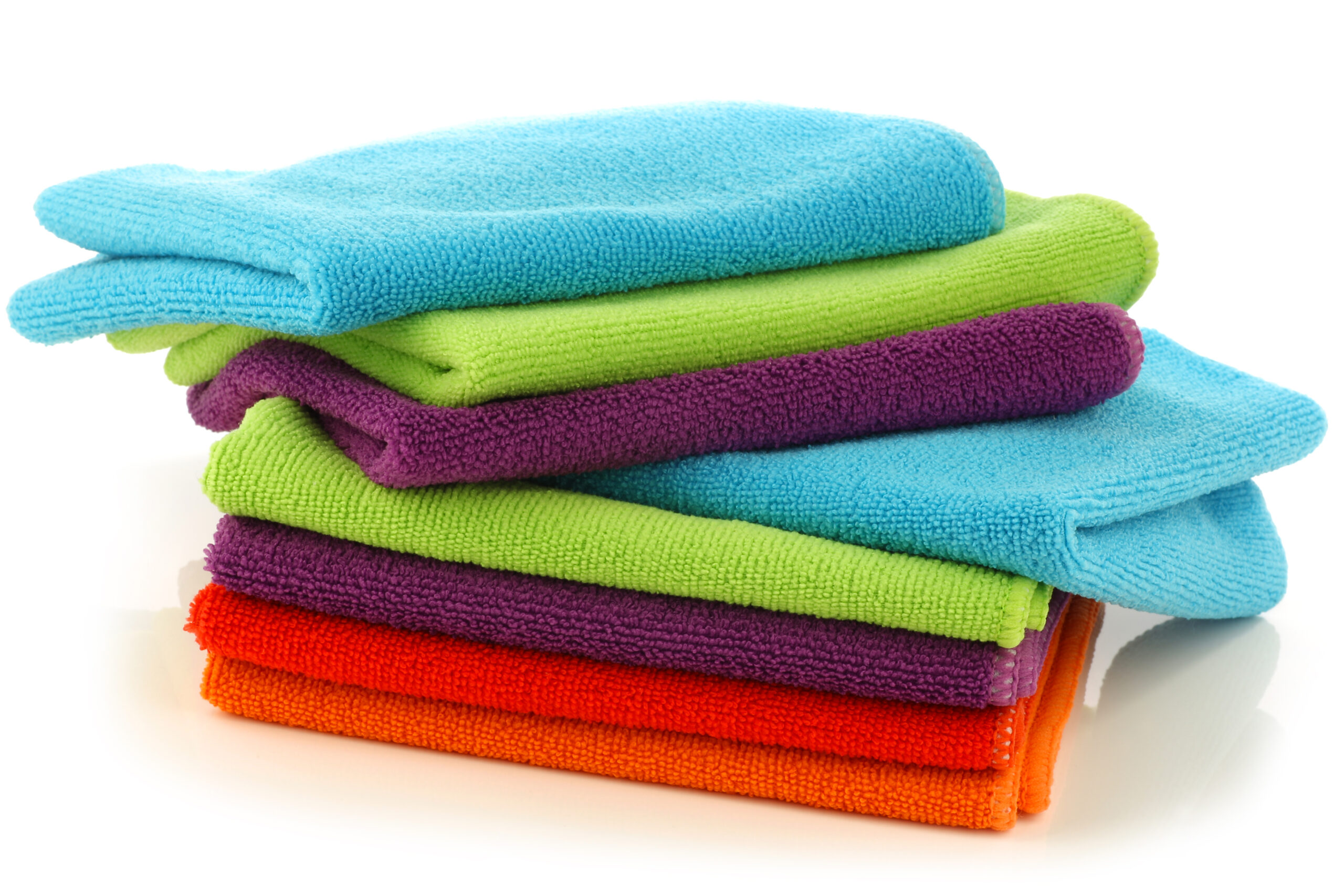
Switching from paper towels to reusable cloths is a simple way to save money and reduce waste. Paper towels are single-use and contribute significantly to household waste, especially in high-traffic areas like kitchens and bathrooms. Cloths made of cotton or microfiber can be washed and reused multiple times, lasting months or even years. Over time, you’ll notice a reduction in the amount you spend on disposable paper products. Reusable cloths are also more absorbent, making cleaning easier and more efficient.
Replace Plastic Bags with Reusable Shopping Bags

Reusable shopping bags are sturdier, more durable, and can be used for years, unlike flimsy plastic bags that break easily and contribute to pollution. Plastic bags often end up in landfills or oceans, posing a threat to wildlife and the environment. Investing in a few reusable bags can eliminate the need for hundreds of plastic bags each year. Many stores even offer discounts for bringing your own bags, so this swap can help you save on grocery trips. Plus, reusable bags come in various sizes, making them versatile for different shopping needs.
Ditch Bottled Water for a Refillable Water Bottle
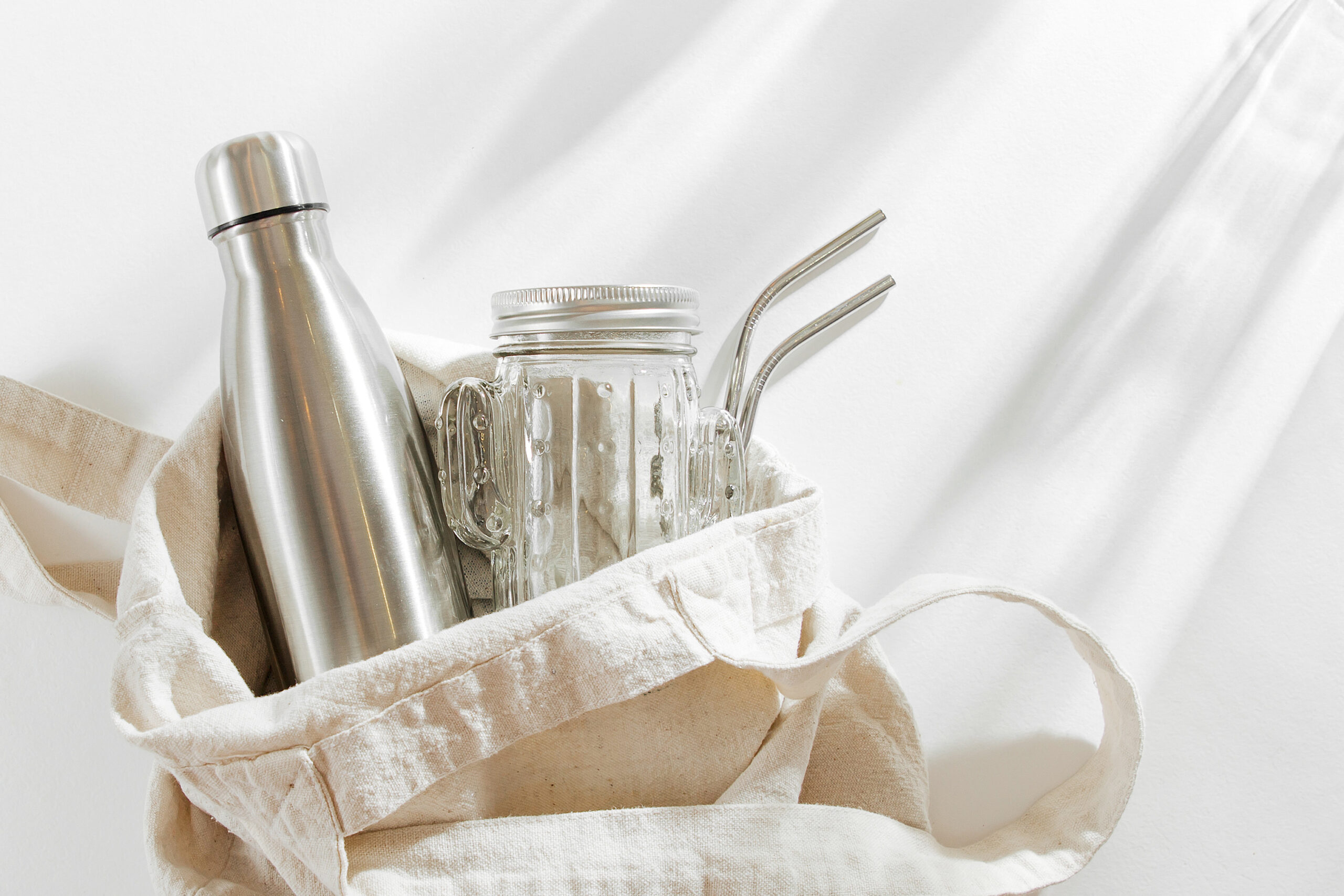
Bottled water is costly over time and generates large amounts of plastic waste. By investing in a high-quality refillable water bottle, you’ll cut down on expenses while helping reduce plastic pollution. Refillable bottles come in insulated varieties, keeping your drinks cold or hot for hours, adding convenience to your routine. Most public places now offer water refill stations, making it easy to stay hydrated without needing disposable bottles. This simple swap benefits both your wallet and the planet.
Use a Coffee Maker Instead of Single-Use Pods
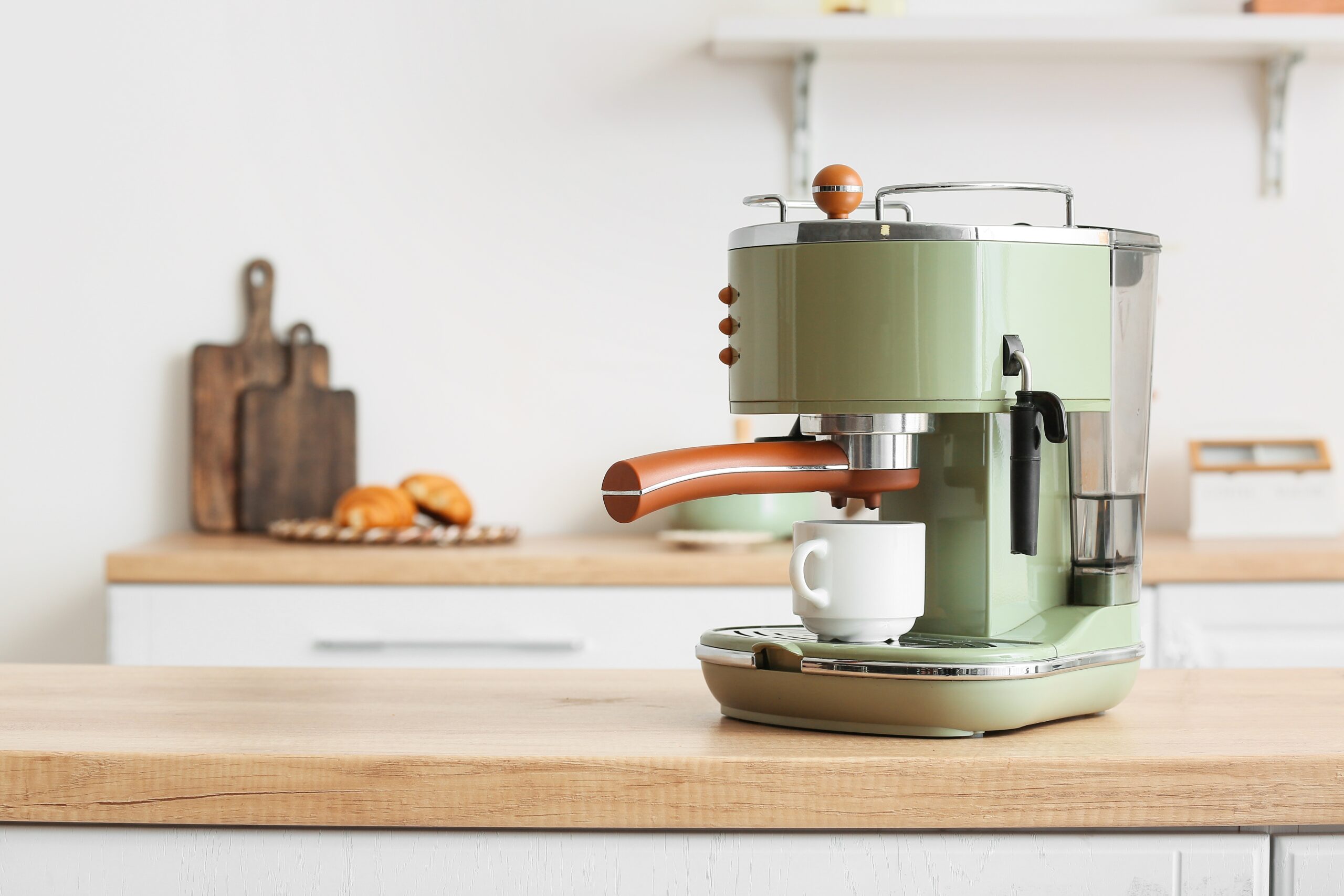
Coffee pods are convenient but often expensive and non-recyclable, contributing to household waste. A reusable coffee maker, such as a French press or drip coffee maker, allows you to buy coffee beans or grounds in bulk, saving money and reducing waste. You can also control the flavor and strength of your coffee, leading to a more personalized experience. Many coffee makers last for years, making them a worthwhile investment. Switching from pods to a reusable method can save hundreds of dollars annually.
Switch to Reusable Storage Containers
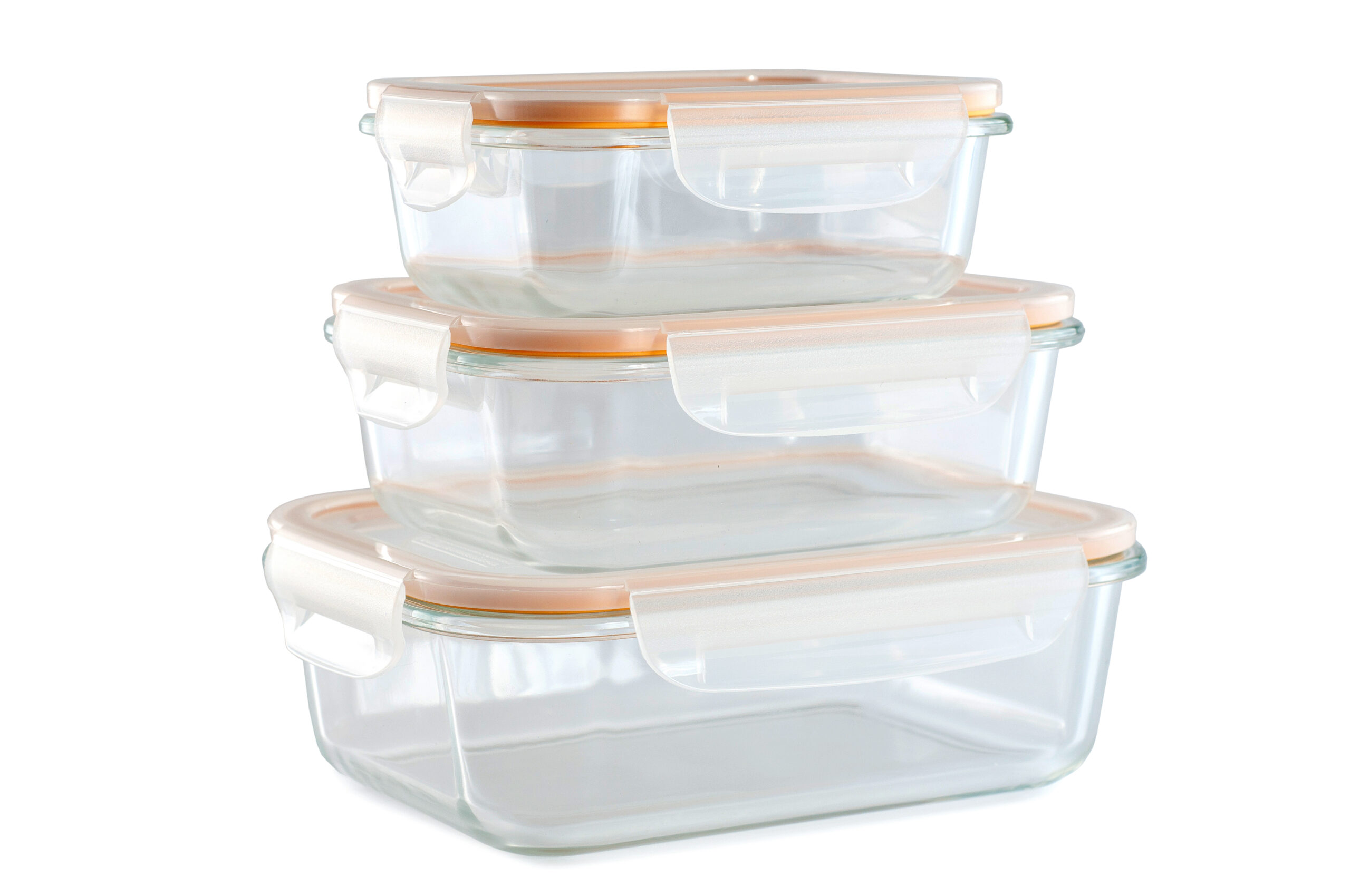
Plastic wrap and aluminum foil are common kitchen items that quickly accumulate as waste. Opting for reusable storage containers, like glass or silicone, can reduce both your spending and household waste. These containers can be used in the freezer, microwave, or oven, adding convenience to meal prep and storage. Many reusable options are dishwasher-safe, making them easy to clean. Over time, this swap will make a noticeable difference in the amount of waste you produce.
Buy in Bulk and Use Reusable Containers
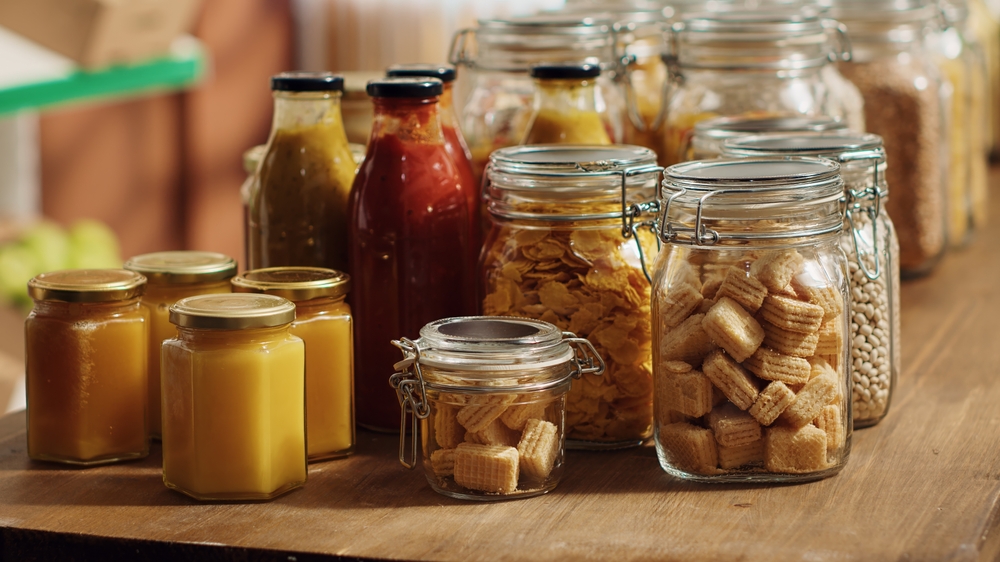
Buying in bulk reduces packaging waste and often costs less per unit than individually packaged items. Reusable containers, like glass jars or airtight canisters, can store bulk items at home and help you stay organized. Many stores offer discounts for bringing your own containers to fill, allowing you to reduce single-use packaging. Bulk buying also allows you to purchase only what you need, reducing food waste. This swap benefits both your finances and the environment.
Opt for Reusable Makeup Pads
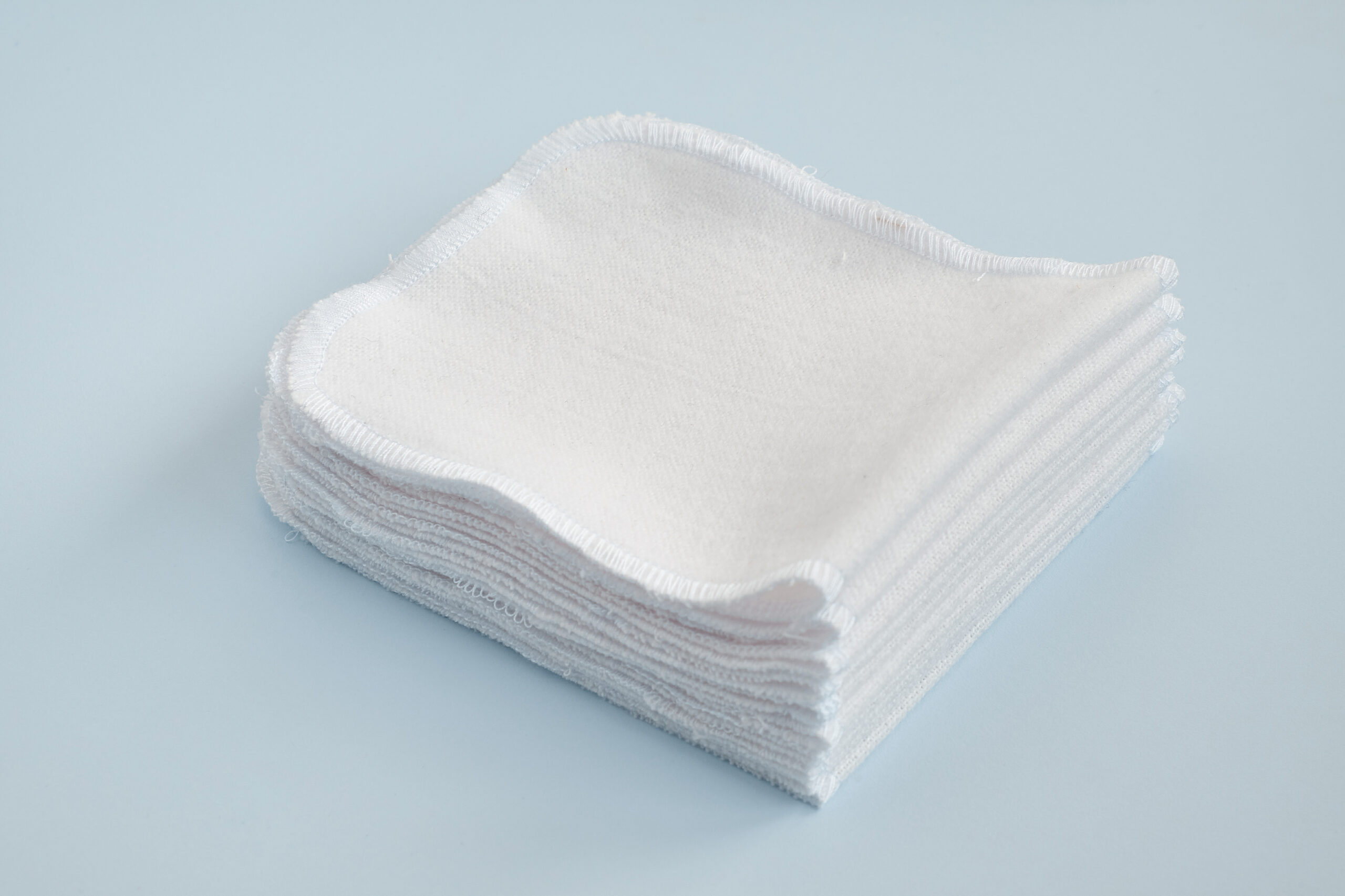
Single-use makeup wipes and cotton pads contribute to landfill waste and often contain chemicals that aren’t eco-friendly. Reusable makeup pads, made from materials like cotton or bamboo, can be washed and reused multiple times. They’re gentle on the skin and can be paired with any makeup remover or cleanser you prefer. Investing in a set of reusable pads can last you for years, saving money on disposable alternatives. This swap is better for your skin, wallet, and the environment.
Switch to Rechargeable Batteries
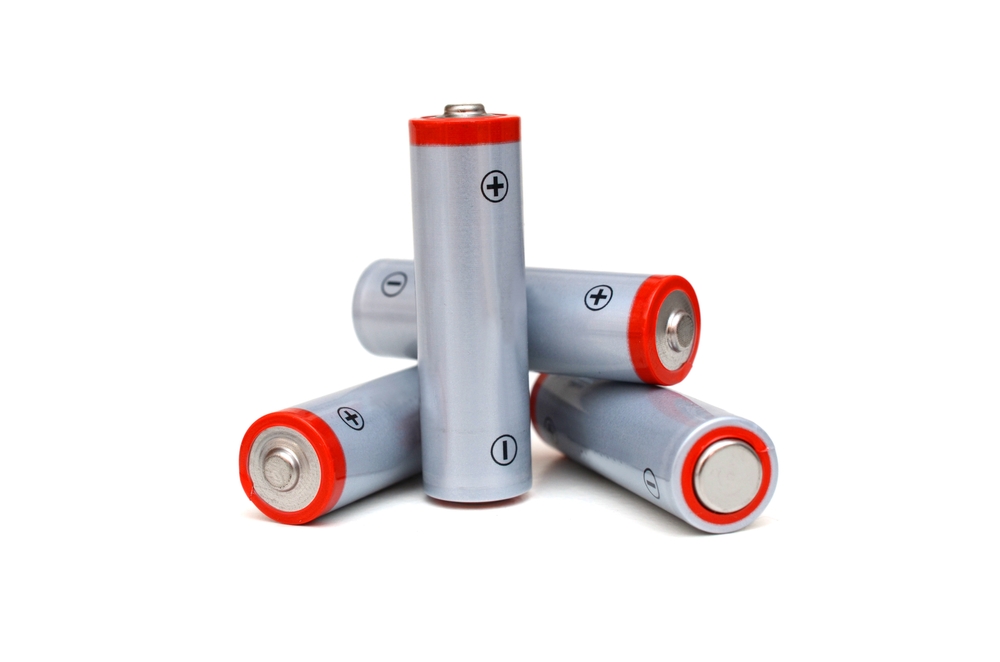
Rechargeable batteries are a cost-effective alternative to single-use batteries, which are expensive over time and contribute to toxic waste. A set of rechargeable batteries can be reused hundreds of times, significantly reducing waste. Although the initial cost is higher, they quickly pay for themselves through repeated use. Many chargers can accommodate multiple batteries at once, making them convenient for households with multiple devices. This swap is an easy way to save money and lessen your environmental footprint.
Grow Your Own Herbs and Vegetables
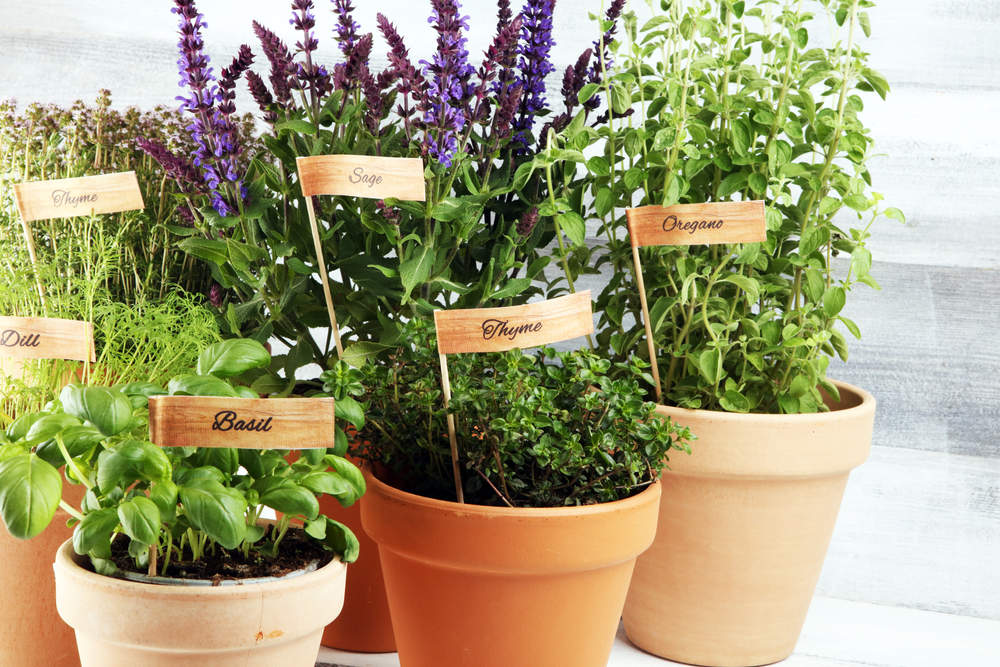
Buying fresh herbs and vegetables can be costly, especially if you frequently cook with them. Growing your own is a rewarding and cost-effective alternative that also reduces packaging waste. Herbs like basil, parsley, and rosemary are easy to grow indoors or in a small garden. Not only does this save money, but it also ensures you have fresh ingredients on hand. Gardening can also be a therapeutic activity that brings a sense of satisfaction.
Make Your Own Cleaning Products

Many store-bought cleaning products come in plastic packaging and contain harsh chemicals. Making your own cleaning products with ingredients like vinegar, baking soda, and essential oils is affordable and eco-friendly. These DIY cleaners are effective and safe for most surfaces, reducing the need for multiple specialized cleaners. You can store them in reusable spray bottles, cutting down on plastic waste. This swap is healthier for your home, budget, and the environment.
Replace Paper Greeting Cards with E-Cards

Paper greeting cards are traditional but often discarded after a short period, creating waste. E-cards are a fun, customizable, and eco-friendly alternative that can be sent instantly. Many websites offer free e-card options, saving you money on store-bought cards and postage. You can also personalize e-cards with animations, music, or personal messages, making them more memorable. This swap reduces paper waste while still allowing you to share heartfelt messages with loved ones.
Choose Digital Over Physical Books

Physical books are wonderful, but they can take up space and contribute to paper waste. E-books are a convenient, eco-friendly alternative that can be accessed on tablets, e-readers, or phones. Many libraries now offer digital lending, allowing you to borrow books without any cost or waste. If you prefer to own, e-books are often less expensive than their physical counterparts. This swap saves space, reduces paper waste, and can be more affordable in the long run.
Buy Secondhand Clothing

Secondhand shopping has become more popular as a way to save money and reduce textile waste. Thrift stores, online resale platforms, and consignment shops offer a wide range of quality clothing at lower prices than new retail. Buying secondhand reduces demand for new clothing production, which often involves resource-intensive processes. You can find unique, stylish pieces that add personality to your wardrobe without the environmental impact of fast fashion. This swap is a win for both your wallet and the planet.
Use a Refillable Lighter Instead of Disposable Ones
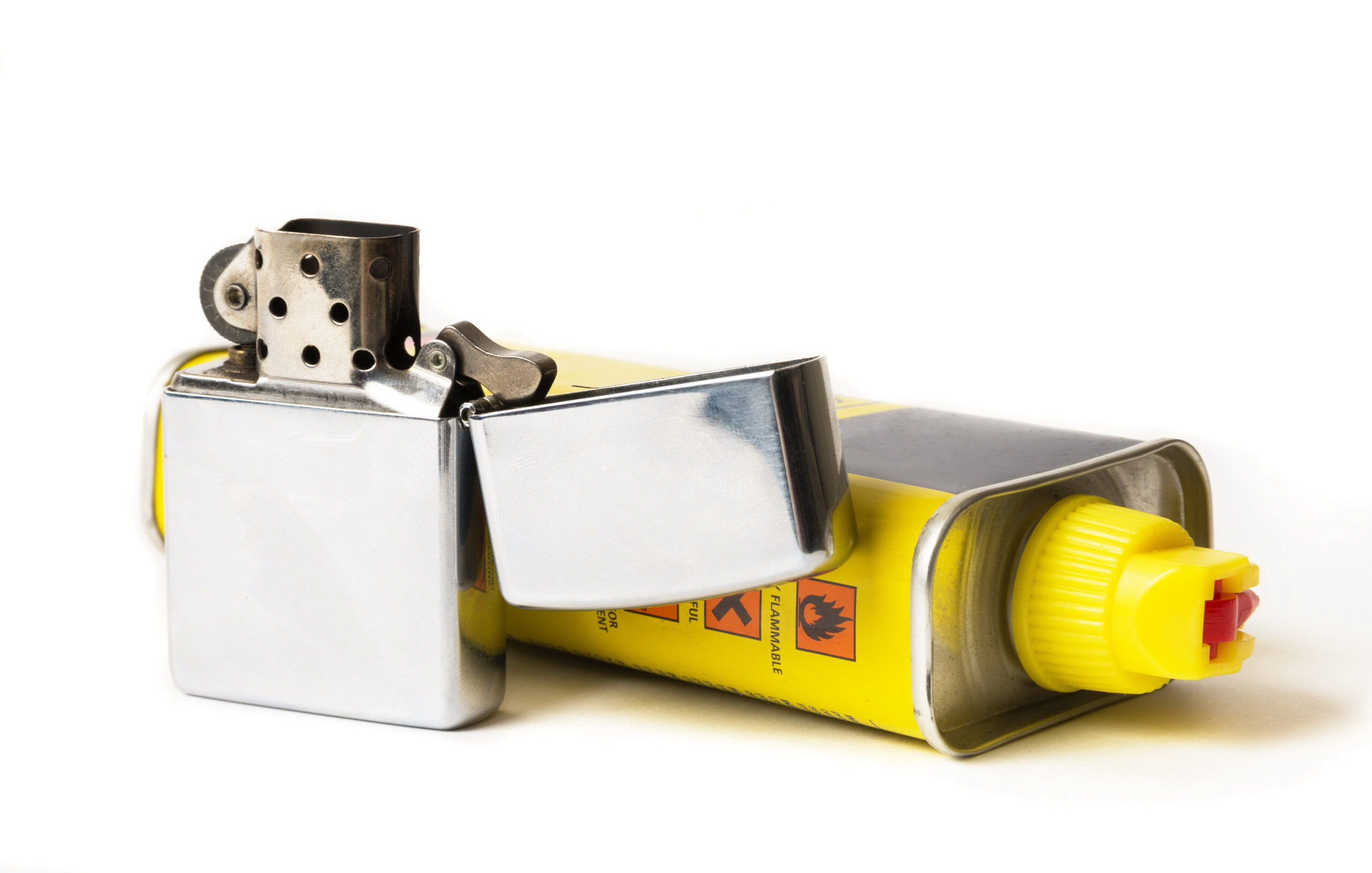
Disposable lighters are inexpensive but add up over time and are usually made of plastic, which contributes to waste. Refillable lighters, such as metal ones, are a more sustainable option and can last for years with proper care. Many refillable lighters use butane, which is easy to find and cost-effective in the long run. While the initial cost may be higher, refillable lighters pay off through repeated use. This swap saves you money, reduces plastic waste, and often offers a more durable, stylish product.
This article originally appeared on RetailShout.



